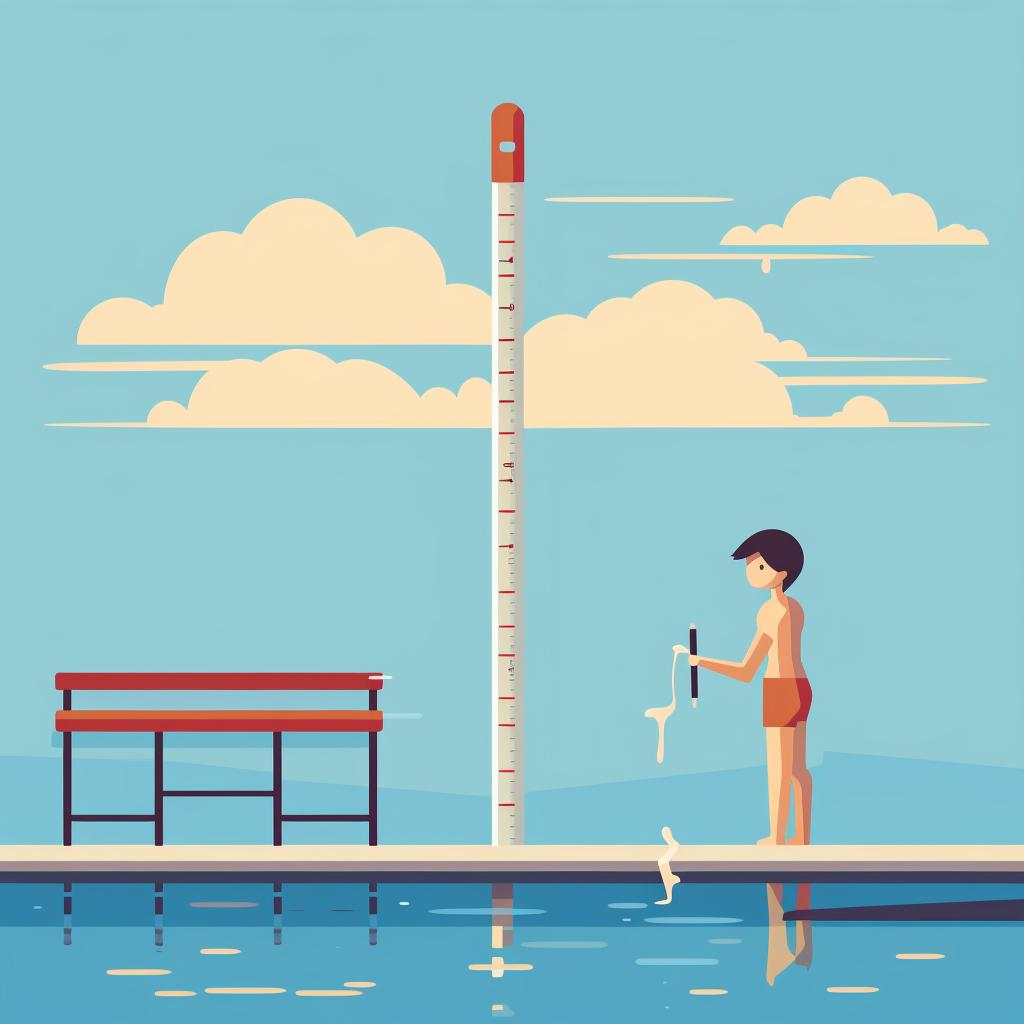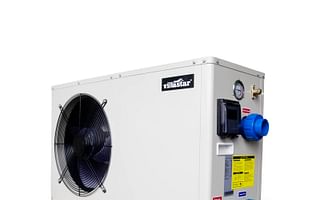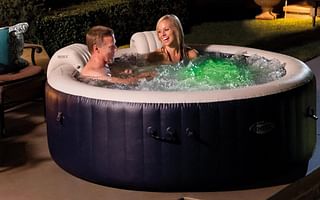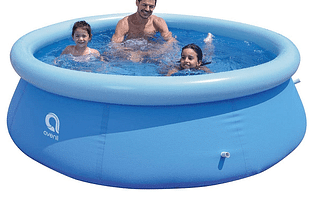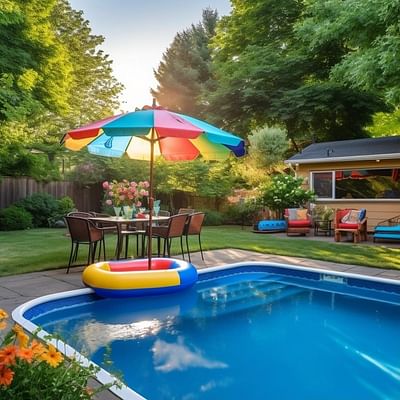Heating Your Inflatable Pool: A Step-by-Step Guide ⭐️
Swimming in an inflatable pool is a great way to cool off during the hot summer months, but as the weather starts to cool down, you might find the water a bit too chilly for comfort. That's where a pool heater comes into play. With our detailed step-by-step guide above, you already have the basics of heating your inflatable pool. Let's dive a bit deeper into each step, ensuring you get the most out of your inflatable pool experience.
Choosing the right heater is crucial. Each type of heater - solar, electric, and gas - has its own pros and cons. For instance, solar heaters are eco-friendly and cost-effective in the long run, but they rely heavily on sunny weather. Electric heaters, on the other hand, are reliable but can drive up your energy bills. Gas heaters heat up the pool quickly, but they require a gas line. For more detailed information on each type, check out our article on effective ways to heat your inflatable pool.
Once you've chosen your heater, the next step is installation. This process varies depending on the type of heater, but generally involves connecting the heater to your pool's inflow and outflow system. If you're not confident about installing the heater yourself, it's always a good idea to hire a professional.
After installation, you'll need to set the desired temperature. This is largely a matter of personal preference, but remember that the higher you set the temperature, the more energy your heater will consume. A good starting point is around 78 degrees Fahrenheit, which is generally considered comfortable for swimming.
Testing the heater is a critical step. After letting it run for a while, use a pool thermometer to check the water temperature. If it hasn't reached your desired temperature, you may need to adjust the heater settings.
Finally, maintaining the pool temperature involves regularly monitoring and adjusting the heater settings. Remember to turn off the heater when not in use to save energy. For more tips on maintaining your inflatable pool, check out our ultimate guide to cleaning and maintaining your inflatable pool.
Heating your inflatable pool can transform your swimming experience, allowing you to enjoy your pool even in cooler weather. With the right heater and a bit of maintenance, you can keep your pool at the perfect temperature all season long. For more information on inflatable pools, from choosing the right one to setting it up, explore our complete buying guide and how-to guide for setting up an inflatable pool with seats.




